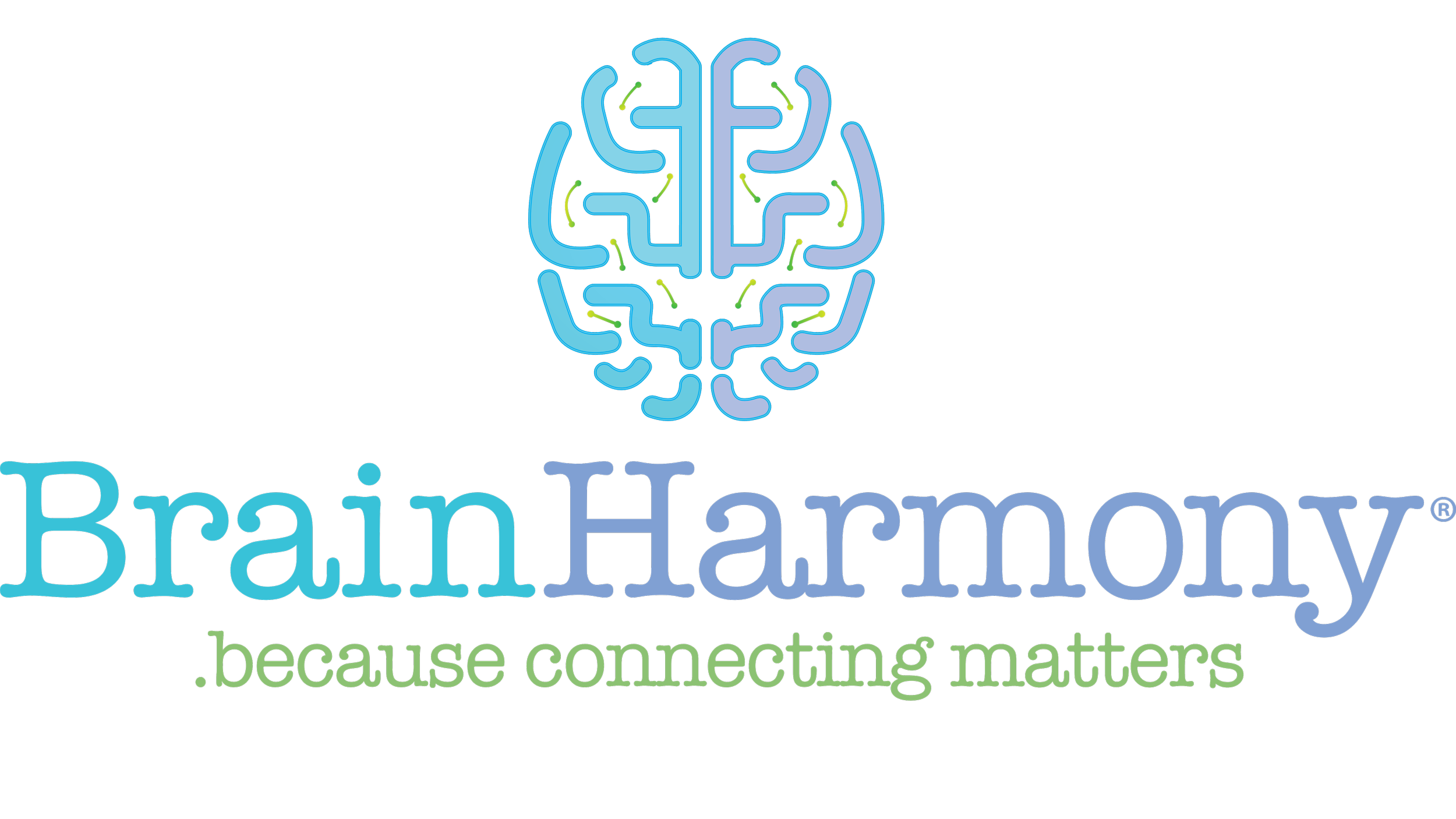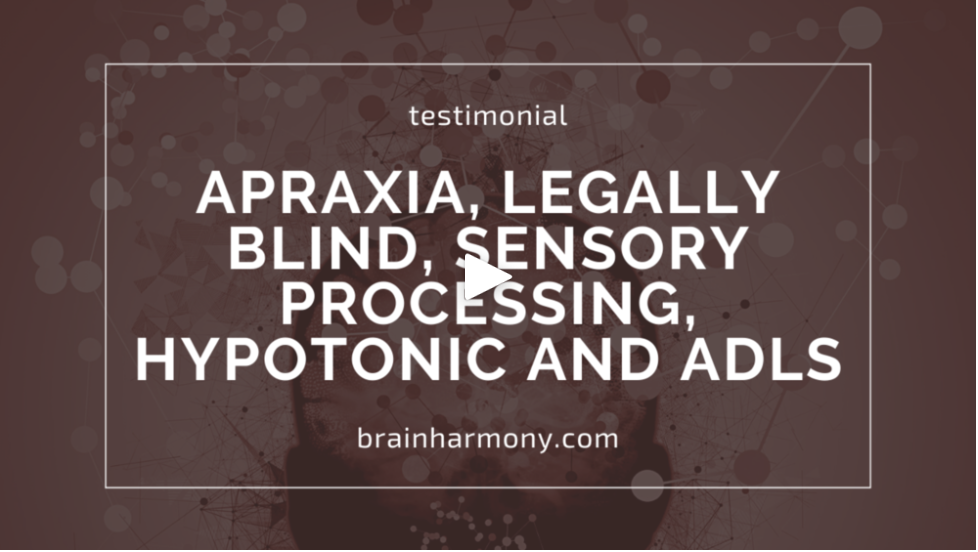Apraxia
Apraxia or Dyspraxia is a motor planning disorder. The main symptom of apraxia is being unable to make voluntary movements or speech even though you have the physical ability and understanding to do so. The types of movement and the muscle groups that are affected depend on the part of your brain that's involved.
Apraxia is commonly associated with movement and speech disorders characterized by difficulty initiating and completing motor tasks especially on demand.
An apraxic brain is a disorganized brain but luckily with neurolplasticity we can change those connection in the brain, make them more efficient or grown completely new connection in specific parts of the brain, which means that apraxia is treatable especially with accelerant input to the brain through the sensory system. The brain--body connection can be enhanced with multi-sensory input resulting in accelerated maturity and organization. Praxis is foundational to all other skills expected through the developmental continuum and frequently requires accelerant modalities to retrain.
Our proprietary 5-Step Plan of Care is based on proven protocols, therapeutic activities, with over 20 years and 250,000+ hours of combined clinical practice.
Most importantly, our 5-Step Plan of Care is completely tailored to your unique challenges, needs, and goals.
So you can get the personalized care you (or your child) needs to achieve the outcomes you need.
Testimonials and Success Story Videos
Apraxia, Sensory Processing, Hypotonic and ADLs
At 4 months old, Sam’s hemiparesis delayed all of his motor functions. At 10 years of age, encephalitis wiped out his speech. He tried many different therapies with minimal results. When he started Brain Harmony, his speech, motor functions, and anxiety levels improved almost immediately. The best part was that after all of the bad experiences from the many other therapies he tried, Brain Harmony was the first therapy that Sam actually enjoyed.
“Sam was unable to walk in the woods as he would trip and could not coordindate the movements to be successful in a changing environment. Now he asks to go for walks and can glide over the roots and uneven surfaces with ease. Our walks are now the best parts of our day. It’s a win-win for everyone when you see something like this that is so beautiful and so simple and works at the root of the problem, it’s so gratifying to be giving your child something that makes them feel good.”


